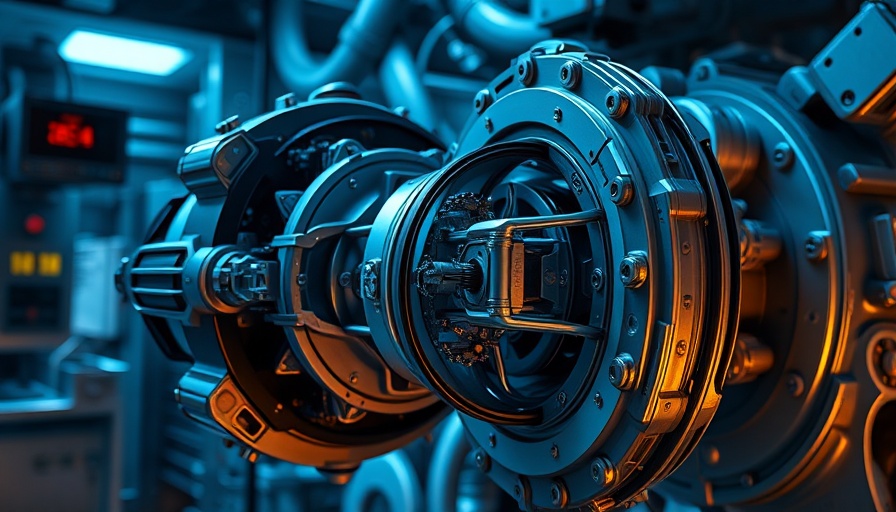
The Revolution in Space Propulsion: New Magnetic Thrusters
The future of space travel is taking a giant leap forward thanks to groundbreaking research at the Paihau-Robinson Research Institute in New Zealand. With their cutting-edge applied-field magnetoplasmadynamic (AF-MPD) thrusters, they aim to minimize the space industry’s dependence on traditional chemical rocket propulsion, shifting toward more efficient electric systems.
Harnessing Superconductivity for the Final Frontier
For decades, the quest for improved electric propulsion has involved exploring various technologies, but the team at Paihau-Robinson has made a significant advancement by utilizing high-temperature superconductors (HTS). HTS materials offer the capability of generating strong magnetic fields with minimal electrical resistance, making them ideal for space applications. As chief engineer Randy Pollock states, these innovations could revolutionize not only space travel but our approach to energy efficiency in propulsion systems.
High Expectations: The Hēki Demonstrator
The most anticipated aspect of this research is the upcoming technology demonstrator, Hēki, which is poised for testing aboard the International Space Station later this year. With the demonstrator generating a magnetic field of up to 0.5 tesla while remaining within the stringent operational parameters of the ISS, this experiment represents a pivotal moment in the evolution of space propulsion technology. The mission not only seeks to validate the effectiveness of their HTS magnets but aims to explore new avenues in shielding astronauts from cosmic radiation—an essential consideration for long-term space missions.
Setting New Standards in Propulsion
The implications of these advancements extend beyond mere propulsion. The ability of the Kōkako thruster to operate with various propellants while achieving higher thrust levels positions it as a versatile and practical option for future missions to the Moon, Mars, and even beyond. As we look toward ambitious exploratory missions, these innovations offer a glimpse into a future where space travel is far less reliant on unsustainable chemical propulsion methods.
A New Era for Space Exploration
As we stand on the brink of a new era in space exploration, the work being done at the Paihau-Robinson Research Institute exemplifies the spirit of innovation necessary for sustainable advancement. The collaborative spirit of scientists and engineers pushes the boundaries of what is possible and sets the stage for a future where space travel might be limited only by our imagination.
 Add Row
Add Row  Add
Add 




Write A Comment